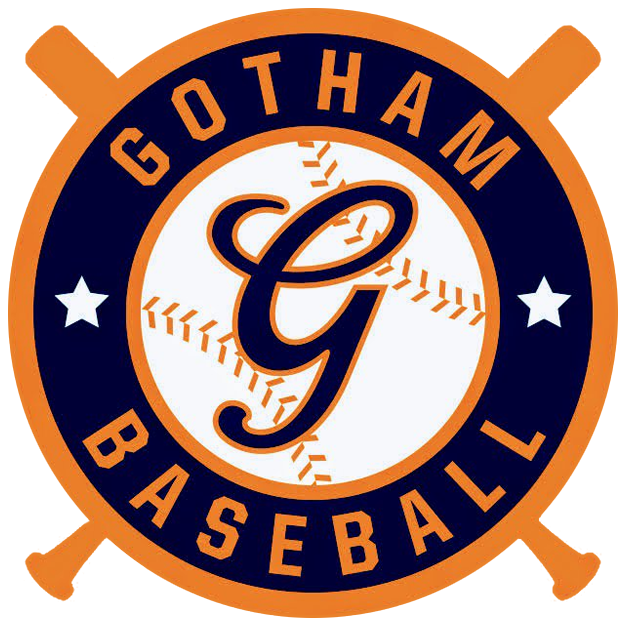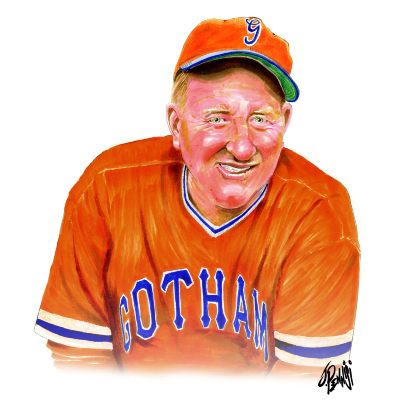On Feb. 9, 1933, the Brooklyn Dodgers traded their pitching ace Dazzy Vance to the St. Louis Cardinals with infielder Gordon Slade for Ownie Carroll and Jake Flowers. It was the end of an era in Brooklyn baseball during which Vance dominated the National League.
Vance’s remarkable story starts in 1912, a 21-year-old fireballer who lacked control. But as they say, you can’t teach speed, and by the spring of 1915, he was a Pittsburgh Pirate. He promptly lost his major-league debut on April 16, immediately traded to the New York Yankees, where he lost all of his three decisions.
It was back to the minors for three more years, where his control problem would resurface, but managed to get another major-league trial in 1918 with the Yanks, which was disastrous.
Two more years of minor league stumbles and a sore arm landed Dazzy in New Orleans in 1920. There, thanks to a lousy poker hand, his life was changed forever.
On his “Joe Blogs” blog site, author Joe Posnanski tells a story I learned about for the first time when I started writing my Gotham Baseball book:
In 1920, he played in the most famous poker game in baseball history. It happened in New Orleans. Vance was 29 years old, he had exactly zero victories in the big leagues, and he couldn’t pitch because of arm problems that nobody could quite figure out. During the game, Vance apparently lost a heartbreaking hand, and he smashed his arm on the table. The pain was so intense that he almost fell to his knees. He’d never felt THAT kind of pain before. The next day, he went to a doctor whose name, sadly, has been lost to history. The doctor did something. Bill James guesses that he removed some bone chips, but we don’t really know and never will know. All we know is that after that, Dazzy Vance became one of the greatest pitchers in baseball history.
So, the bad poker hand led to the surgery that saved his pitching arm, but it would take another lucky roll of the dice to set up of the most unlikely success stories in the history of the game.
Now healthy, Vance started to mow down batters in New Orleans, winning 21 games that season. No one seemed to care, however. He was 31 and had pitched for a decade in the minors and had failed three times as an MLB starter. However, Dazzy’s catcher Hank DeBerry was a sought-after prospect. The Brooklyn Dodgers (then called the Robins) were scouting the young backstop and wanted to purchase his contract. There was a catch, the Pelicans wouldn’t sell DeBerry to Brooklyn unless they took Dazzy along for the ride. At first, the Brooks balked, not wanting to get stuck with a 31-year-old tomato can. However, DeBerry stepped up for his batter mate and insisted the Robins pull the trigger.
DeBerry became a top-flight defensive catcher and would be Vance’s primary catcher from 1922 to 1928, a period where Dazzy would league in strikeouts each year. The dominance wouldn’t just be leading the league, he was fanning 200 batters when most of the league wasn’t even whiffing 100. Also, despite pitching in a bandbox like Ebbets Field, never allowed more than 15 home runs a season.
In 1922, Vance led the National League and was third in the majors with 134 strikeouts. Yet, despite pitching more than 100 fewer innings pitched than AL leaders Urban Shocker and Red Faber, he was only 14 and 15 strikeouts behind the two, respectively.
The people with the most strikeouts in the major leagues from 1922 to 1928 were Dazzy Vance with,1,338, and in second, Burleigh Grimes with 689. He had practically twice as many as the man who was second best.
Yet, Dazzy Vance, despite having played in New York, and voted to the Hall of Fame, is virtually unknown in the very town he starred in.

